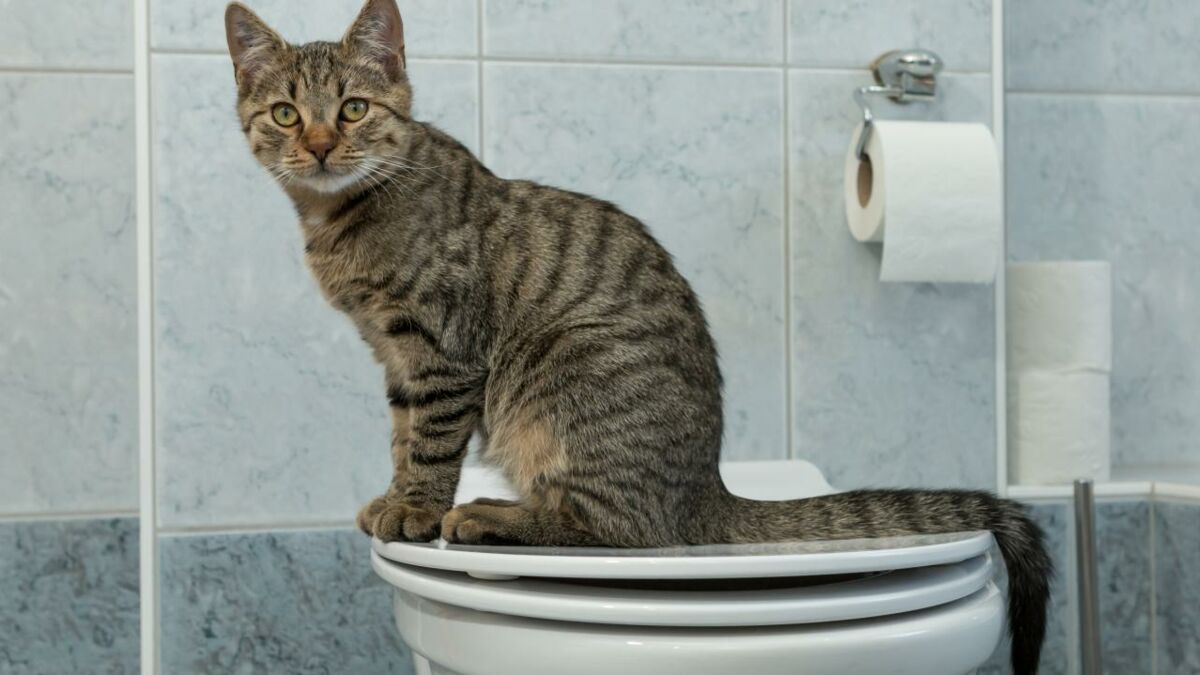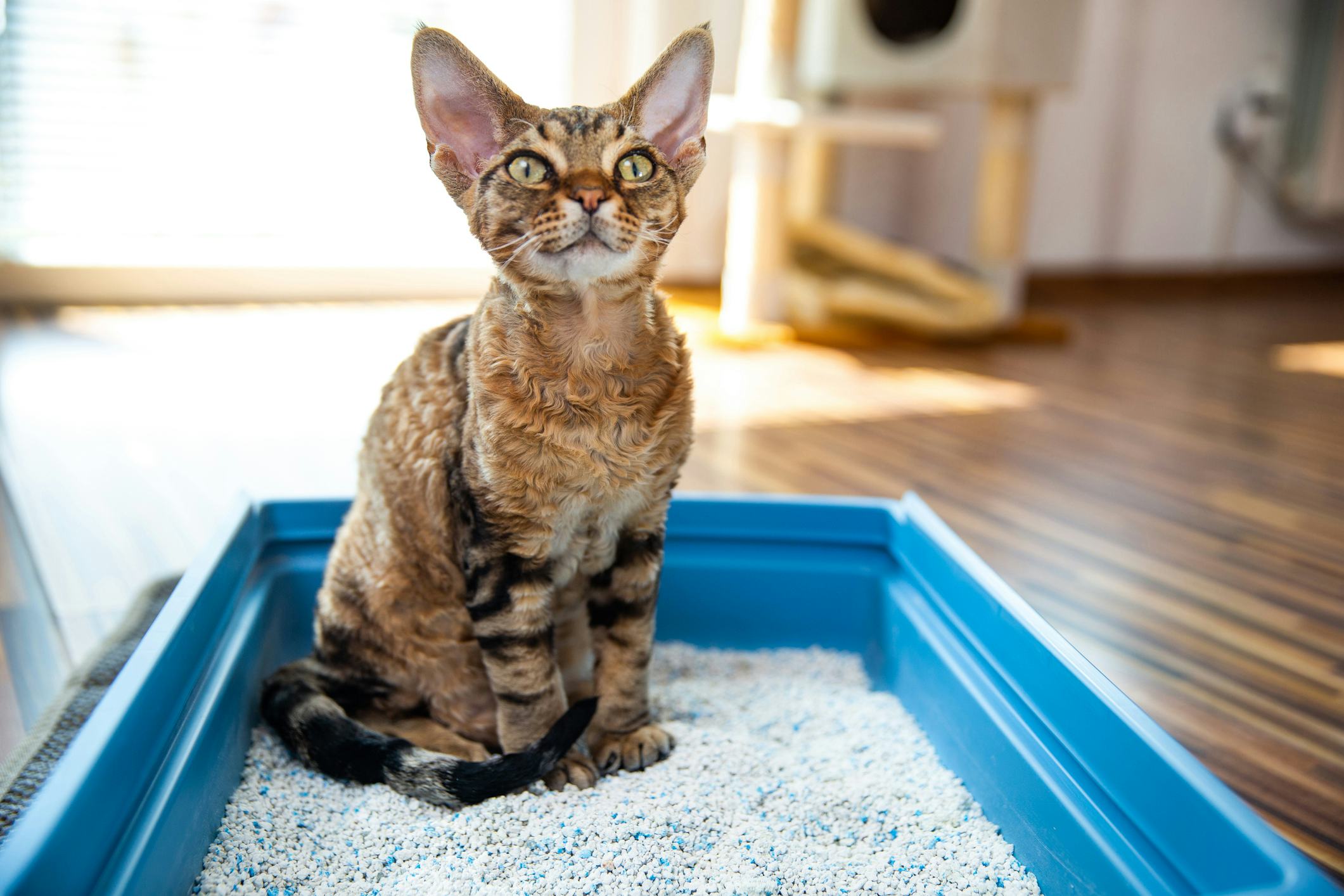Why Flushing Cat Poop Down Your Toilet Is Harmful - Tips for Correct Handling
Why Flushing Cat Poop Down Your Toilet Is Harmful - Tips for Correct Handling
Blog Article
What are your opinions with regards to Don’t flush cat feces down the toilet?

Intro
As pet cat owners, it's important to be mindful of how we take care of our feline friends' waste. While it might appear practical to purge pet cat poop down the toilet, this practice can have harmful repercussions for both the atmosphere and human health.
Ecological Impact
Flushing cat poop presents hazardous virus and bloodsuckers right into the supply of water, posing a considerable threat to marine environments. These contaminants can negatively influence marine life and compromise water top quality.
Health Risks
In addition to ecological worries, purging cat waste can also posture health and wellness threats to humans. Cat feces may include Toxoplasma gondii, a parasite that can trigger toxoplasmosis-- a potentially serious health problem, particularly for expectant ladies and people with weakened body immune systems.
Alternatives to Flushing
Luckily, there are safer and a lot more liable ways to dispose of feline poop. Consider the complying with choices:
1. Scoop and Dispose in Trash
One of the most usual technique of disposing of cat poop is to scoop it into a naturally degradable bag and throw it in the garbage. Make certain to use a dedicated trash scoop and throw away the waste promptly.
2. Usage Biodegradable Litter
Choose naturally degradable feline trash made from materials such as corn or wheat. These clutters are environmentally friendly and can be securely taken care of in the trash.
3. Hide in the Yard
If you have a backyard, consider hiding cat waste in a marked location away from vegetable yards and water resources. Be sure to dig deep enough to prevent contamination of groundwater.
4. Set Up a Pet Waste Disposal System
Buy a pet dog garbage disposal system particularly designed for cat waste. These systems utilize enzymes to break down the waste, decreasing smell and ecological influence.
Final thought
Accountable pet possession extends past providing food and sanctuary-- it also entails appropriate waste administration. By avoiding flushing pet cat poop down the toilet and choosing alternate disposal methods, we can minimize our ecological impact and protect human health and wellness.
Why Can’t I Flush Cat Poop?
It Spreads a Parasite
Cats are frequently infected with a parasite called toxoplasma gondii. The parasite causes an infection called toxoplasmosis. It is usually harmless to cats. The parasite only uses cat poop as a host for its eggs. Otherwise, the cat’s immune system usually keeps the infection at low enough levels to maintain its own health. But it does not stop the develop of eggs. These eggs are tiny and surprisingly tough. They may survive for a year before they begin to grow. But that’s the problem.
Our wastewater system is not designed to deal with toxoplasmosis eggs. Instead, most eggs will flush from your toilet into sewers and wastewater management plants. After the sewage is treated for many other harmful things in it, it is typically released into local rivers, lakes, or oceans. Here, the toxoplasmosis eggs can find new hosts, including starfish, crabs, otters, and many other wildlife. For many, this is a significant risk to their health. Toxoplasmosis can also end up infecting water sources that are important for agriculture, which means our deer, pigs, and sheep can get infected too.
Is There Risk to Humans?
There can be a risk to human life from flushing cat poop down the toilet. If you do so, the parasites from your cat’s poop can end up in shellfish, game animals, or livestock. If this meat is then served raw or undercooked, the people who eat it can get sick.
In fact, according to the CDC, 40 million people in the United States are infected with toxoplasma gondii. They get it from exposure to infected seafood, or from some kind of cat poop contamination, like drinking from a stream that is contaminated or touching anything that has come into contact with cat poop. That includes just cleaning a cat litter box.
Most people who get infected with these parasites will not develop any symptoms. However, for pregnant women or for those with compromised immune systems, the parasite can cause severe health problems.
How to Handle Cat Poop
The best way to handle cat poop is actually to clean the box more often. The eggs that the parasite sheds will not become active until one to five days after the cat poops. That means that if you clean daily, you’re much less likely to come into direct contact with infectious eggs.
That said, always dispose of cat poop in the garbage and not down the toilet. Wash your hands before and after you clean the litter box, and bring the bag of poop right outside to your garbage bins.
https://trenchlesssolutionsusa.com/why-cant-i-flush-cat-poop/

We had been guided to that write-up about How to Dispose of Cat Poop and Litter Without Plastic Bags through someone on our other web blog. Do you know about someone else who is fascinated about the niche? Do not hesitate to share it. Thank you for going through it.
Click On This Link Report this page